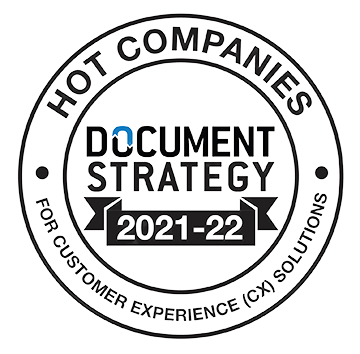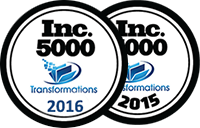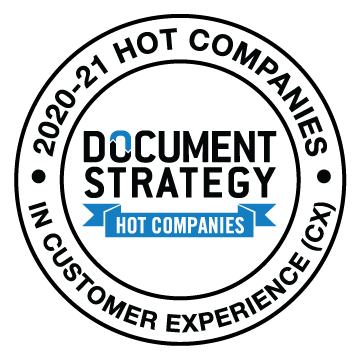The Best CCM Software for Data Security

Decrease Risk with uSecure Data Encryption Software
Transformation’s breakthrough solution, uSecure, was born from the need to address industry-critical issues specific to data security. What makes uSecure stand out is its ability to function as intelligent data encryption software that travels with the file, keeping data encrypted throughout the entire workflow.
uSecure offers true closed-loop protection from file receipt to output management. It includes full audit capabilities regarding data access among many other unique features, ensuring your sensitive information remains locked down.
The uSecure Advantage
- Persistent Encryption: Fully encrypted data files travel through the workflow without ever removing encryption.
- Intelligent Protection: Security that travels with the file rather than just residing on a server.
- Granular Control: The data owner sets access rules as well as automatic expiration and shredding of data.
- Compliance: Exposure to compliance violations and fines is minimized.
- Accountability: Full audit capabilities regarding data access and use.









